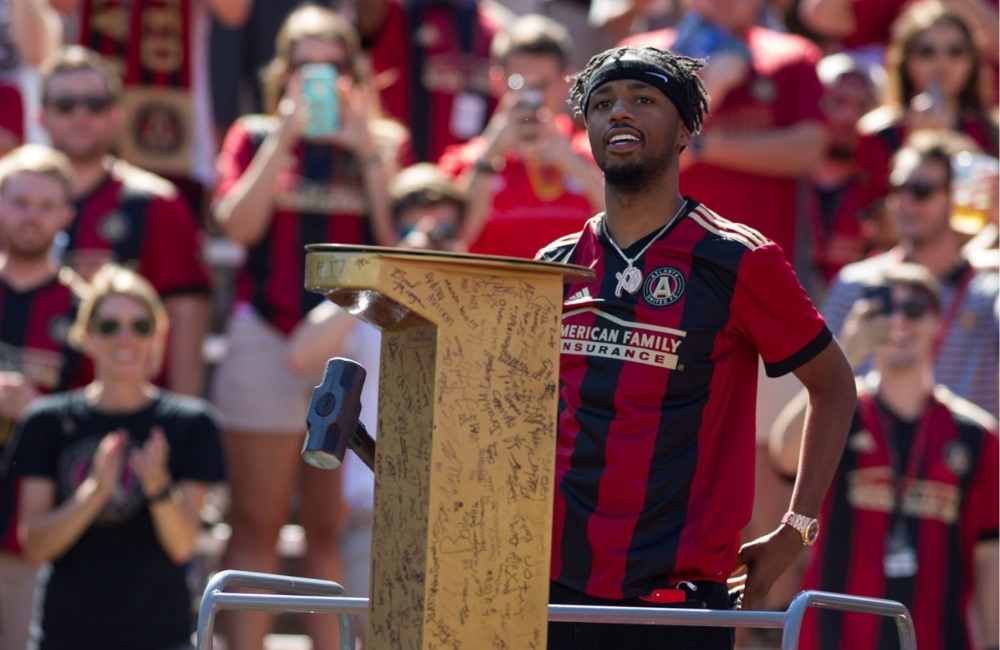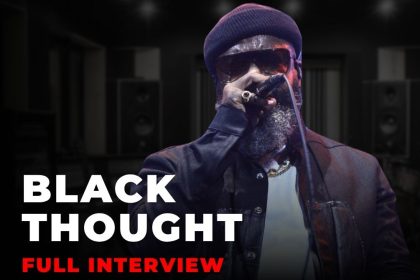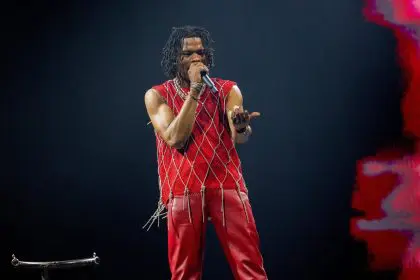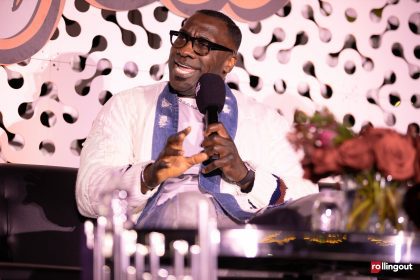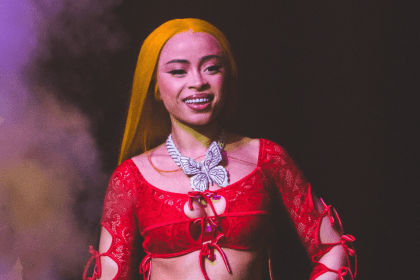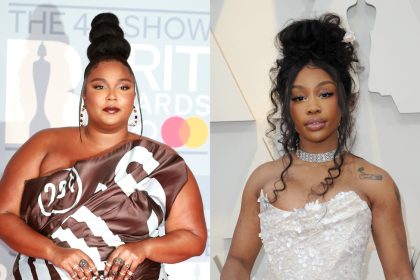The hip-hop scene has been ablaze with excitement as a high-profile feud between rap heavyweights Drake and Kendrick Lamar took center stage. Over the summer, tensions between the two escalated, captivating fans with each new exchange. But amid the drama, a larger question emerges: how much of this rivalry is fueled by stan culture? Music producer Metro Boomin recently weighed in, offering insight into the dynamics of modern hip-hop feuds.
The origins of the feud
The tension between Drake and Lamar has been brewing for years, but it reached a boiling point on March 22, when Lamar responded to Drake and J. Cole’s collaboration, “First Person Shooter.” Kendrick’s fiery verse on Future and Metro Boomin’s track “Like That” sent shockwaves through the industry. In his verse, Lamar made it clear that he was not backing down, referencing the competitive nature of hip-hop and the stakes involved:
“F*ck sneak dissin’, first person shooter… It’s up, lost too many soldiers not to play it safe.”
This bold declaration set the stage for a series of exchanges between the two artists, with both sides releasing diss tracks at one another. However, as the dust settled, many fans began to wonder whether the feud was being amplified by the intense scrutiny of social media and the fervent loyalty of their respective fan bases.
Metro Boomin’s perspective
During a recent appearance at the Forbes Under 30 Summit, Metro Boomin addressed the ongoing feud and the influence of stan culture on the narrative surrounding it. He expressed his belief that while competition is essential in hip-hop, the way fans engage with these rivalries has changed dramatically over the years.
“I feel like the competition is great for the game. Hip-hop has always been a competitive genre … It’s not serious how everybody tries to make it,” Metro observed.
Metro highlighted the difference between past rivalries, such as the legendary feud between Jay-Z and Nas, and the current landscape where fans often feel compelled to choose sides. He noted that in the past, fans could appreciate both artists without feeling the need to declare allegiance to one over the other.
“Back in the day, Jay-Z and Nas went at it, I was a fan of both of them. Most people were. It was like, ‘OK, it’s OK,” he recalled.
Metro’s comments underscore the idea that while competition can drive creativity and innovation in music, the modern dynamics of social media and fan engagement can complicate these rivalries, turning them into something more intense and personal.
The role of stan culture
Stan culture — characterized by extreme fandom and loyalty — has transformed the way artists interact with their audiences. Metro pointed out that this phenomenon can lead to misunderstandings and heightened emotions surrounding artistic competition. He emphasized that while he respects both Drake and Lamar, the narrative often becomes distorted by the fervor of their fans.
“The internet makes it a little too wild now,” Metro said.
Metro’s diplomatic approach to the feud reflects a broader trend in the industry, where artists are increasingly aware of the impact of their words and actions on their fan bases. He reiterated that at the end of the day, it’s all entertainment, and he hopes to see everyone succeed in pushing the genre forward.

